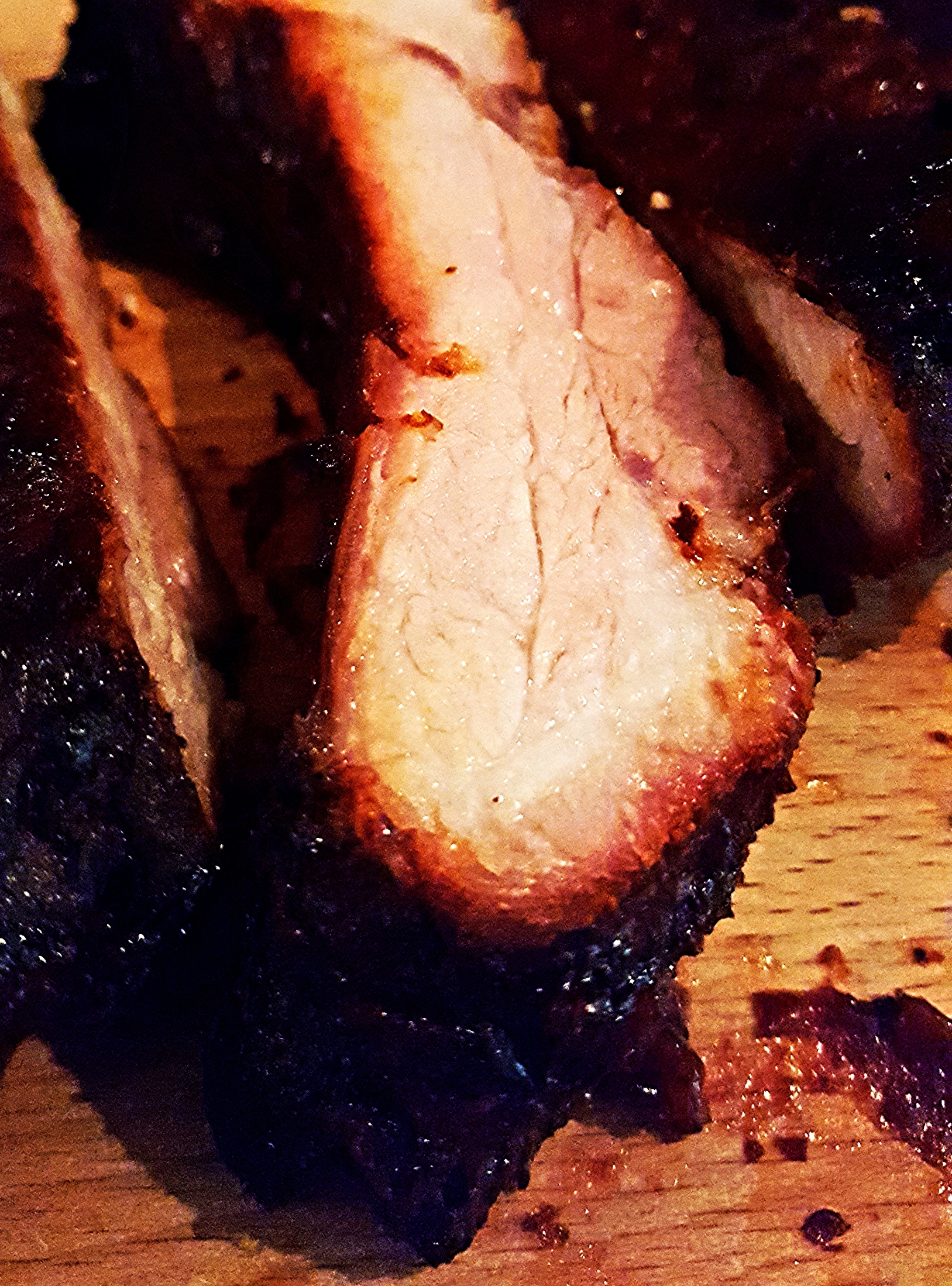Sole, Green Pea Pesto, Baby Yukon Potatoes, & Spring Salad with Lemon Honey Vinaigrette
Prep Time: 30 mins Cook Time: 30 mins Serves: 2
With warmer temperatures and the return of Daylight Savings, Spring has officially returned. Sole is a delightfully light and delicate fish that fits perfectly into this Spring recipe with a sweet and mild flavor. Sole fillets can be very thin and fragile so it is important to handle them carefully and cook them quickly in a hot pan to avoid overcooking.
The cucumber and carrots can be shredded with a box grater or cut into a very thin julienne, whichever you are more comfortable with. If you have the knife control and skill, you might get better results with a julienne. If you are pressed for time or just not confident enough to make such small cuts, shredding them is perfectly fine.
ingredients:
- 2 6-oz Sole fillets
- 1 cup fresh English sugar peas
- 8 Baby Yukon potatoes
- ¼ cup shredded carrots
- ¼ cup shredded cucumber
- ½ cup basil; chiffonade
- ½ cup mint; chiffonade
- ⅓ cup fresh lemon juice; divided
- 2 tbsp honey
- ½ shallot; chopped fine
- 2 cloves garlic; chopped fine
- ¾ cup + 1 tsp extra virgin olive oil
- 1 tbsp butter
- 4 tbsp vegetable oil
- 2 tbsp white wine vinegar
- ⅓ cup chicken stock
- Salt & Pepper to taste
method:
Place baby Yukons in a small sauce pot and enough water to just cover the potatoes. Salt the water heavily and bring the water up to a low simmer. Simmer the potatoes until fork tender, about 15 minutes and then remove from the water. Let potatoes dry on a wire rack before slicing them in ¼” rounds. Set aside.
Place chicken stock in a small sauce pot and set over medium heat. Blanch peas in stock until tender then strain, reserving the stock. Add the peas, half the of the basil and mint and 1 clove of minced garlic to a food processor. With the motor running add stock gradually until smooth. Add in butter and process until melted.
Add shallots and garlic to a pan with teaspoon of olive oil and set over medium heat. Cook shallots and garlic until garlic has begun to brown and shallots are translucent. Add in white wine vinegar and reduce. Once vinegar, garlic and shallots have reduced to a thin syrup remove pan from heat. Add lemon juice, honey, and reduced shallots and garlic to a blender. With the motor running, gradually drizzle in olive oil to emulsify. Season with salt and pepper to taste and set aside.
Place a saute pan over medium heat and add 2 tbsp vegetable oil. Place potatoes flesh side down in pan. Cook 2-3 minutes until brown, then flip. Cook additional 2-3 minutes on opposite side before removing potatoes from pan with a slotted spoon and draining on a paper towel.
Return pan to medium high heat and add reserved vegetable oil. Season Sole fillets with salt and pepper. When the pan and oil are very hot, add the sole fillets. Cook 4-5 minutes before flipping and cooking an additional 4-5 minutes.
Toss shredded carrot and cucumber along with reserved basil and mint in vinaigrette. Season lightly with salt and pepper. Plate pea green puree with potatoes, serve Sole over potatoes and top with salad.

































